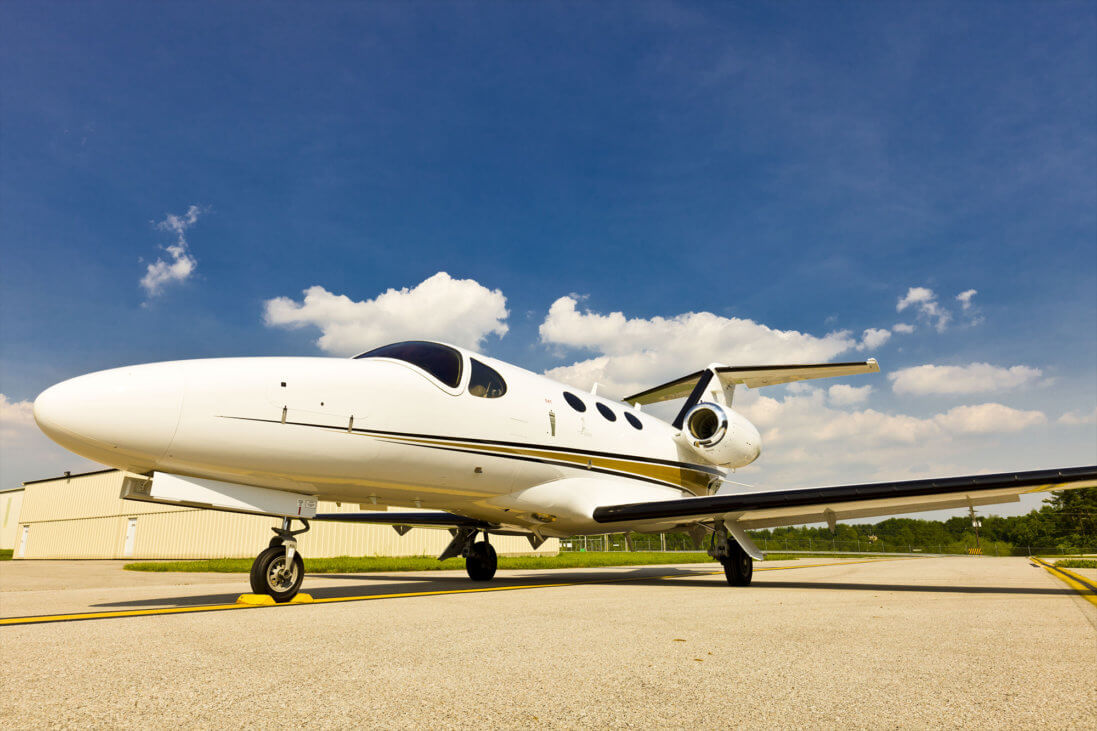
Jan. 15, 2019
The FAA recently amended a regulation to create a Second-in-Command Professional Development Program (SIC PDP) for certain Part 135 air carriers with the hope of providing less experienced pilots with realistic air carrier experience.
The SIC PDP, found in amended §135.99, allows a pilot employed by a Part 135 air carrier and serving as second-in-command in a multiengine airplane or single-engine, turbine-powered airplane to log SIC flight during operations that do not require a second pilot. The revised rule also allows flight time gained in an SIC PDP to be used to meet certain aeronautical requirements of Part 61 for an ATP certificate and certain aeronautical experiences requirements of Part 135.
Advisory Circular (AC) 135-43, Second in Command Professional Development Programs, explained the components of an SIC PDP and requirements for issuance of the related Operations Specification, A062, which include:
- The air carrier must have an FAA-approved SIC training program
- The SIC must be current and qualified according to the air carrier’s training program
- The air carrier must have manuals and Standard Operating Procedures which describe two-pilot operations
- Participating PICs must complete mentoring training
- The air carrier must have a data collection and analysis process to determine effectiveness of the SIC PDP
Part 135 operators issued OpSpec A062 will be permitted to assign a qualified SIC and the SIC will be eligible to log the flight time if participating in the operator’s SIC PDP.
“The Second-in-Command Professional Development Program is a positive step as the industry struggles to meet workforce challenges,” said Brian Koester, NBAA’s senior manager of operations. “We encourage Part 135 operators that qualify to request authorization and implement this program as an option for developing new talent.”
The AC defines the goals of the SIC PDP as an opportunity for beneficial operational experience in a multi-pilot environment that may not otherwise exist and an opportunity to provide a strong foundational experience for a developing professional pilot. The FAA also said that the SIC PDP can provide increased safety in operations conducted with two pilots instead of one pilot.
Pilots participating in an SIC PDP should note the SIC time will count toward an FAA ATP rating, but not towards an ICAO ATP, so any pilot using SIC PDP time to apply for an FAA ATP will have a limitation on their airman certification until they demonstrate to the FAA they have additional required hours outside of an SIC PDP.


 International Business Aviation Council Ltd.
International Business Aviation Council Ltd.